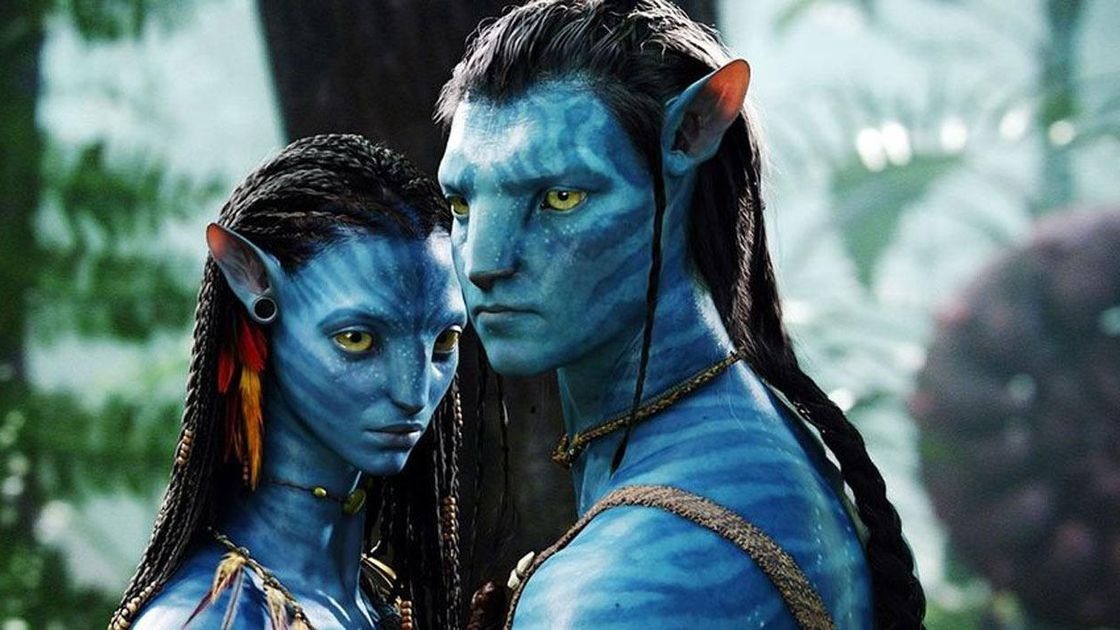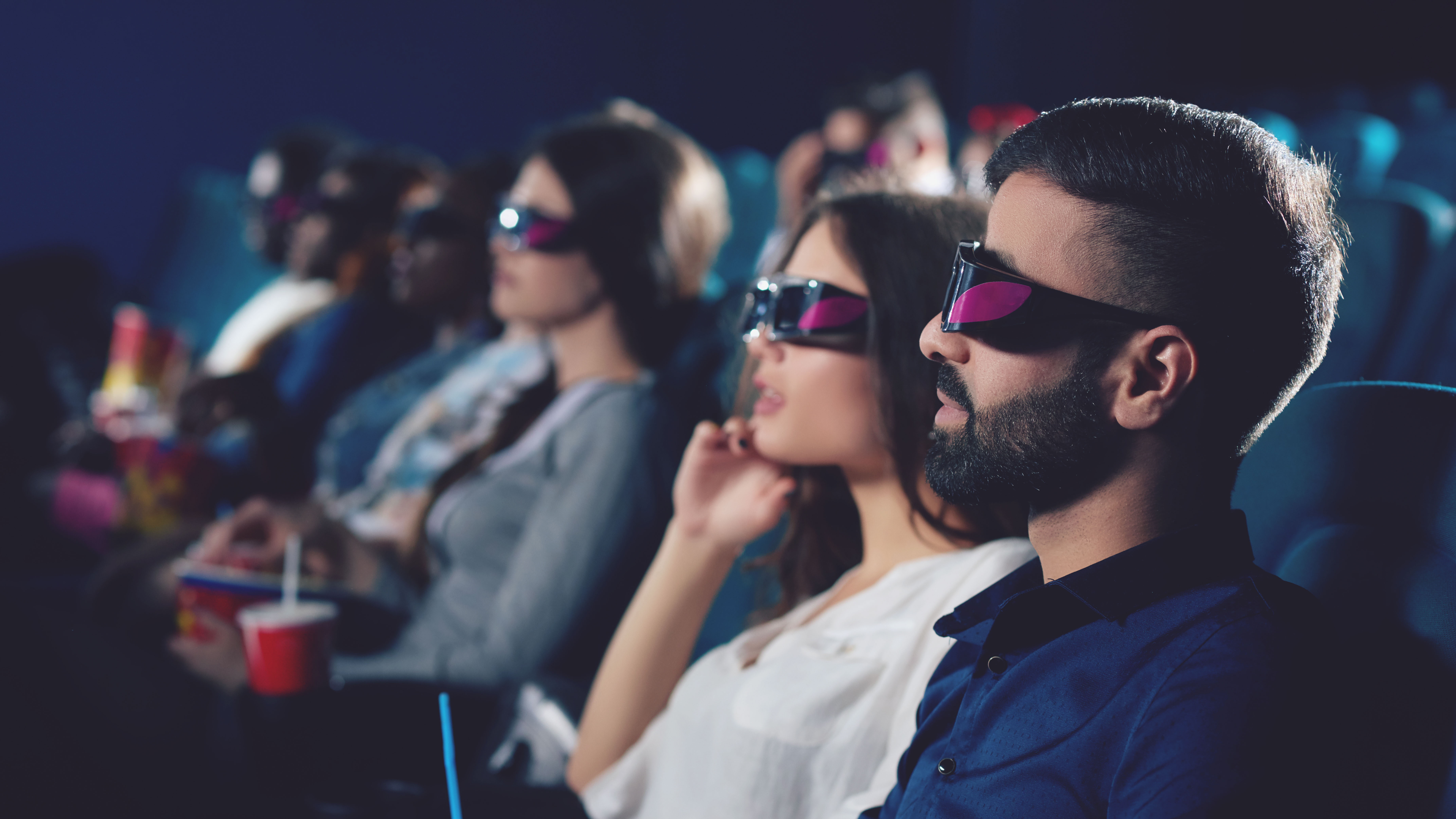3D movies are dead and they need to stay dead
Opinion: As James Cameron's long-awaited Avatar sequel prepares to arrive, there's no need for a 3D renaissance

The reports of 3D glasses being handed out to journalists and movie industry types as they sat down on Wednesday (April 27) at Cinema-Con to watch the long, long-awaited first footage of James Cameron’s Avatar megasequel, Avatar: The Way Of The Water brought me out in a cold sweat. It brought back memories of a different world of going to movie theaters, one I won't be going back to.
CinemaCon attendees were given 3D glasses to watch the trailer, which contained almost no dialogue. Instead, exhibitors were immersed into regions across the dazzling world of Pandora through sweeping visuals of the planet’s crystal blue oceans and lakes. https://t.co/KW1DRcEjFC pic.twitter.com/b2ecBHnpfJApril 27, 2022
Cameron has taken his time over the Avatar sequel. It’ll be 13 years between films by the time The Way Of The Water is finally released, and he released Avatar into a very different world than the one we have now.
Netflix did exist, but it would be another year before they launched their standalone streaming service and they were still primarily interested in DVDs. Hulu and Prime Video were still in their infancy, while the Marvel Cinematic Universe was just two movies old, and one of those was The Incredible Hulk. While all this was going on, Hollywood’s big players were primarily concerned with one thing: how to make as many 3D movies as possible.
Before Avatar, the movies that ended up being released in 3D were the sort that could play in darkened museum booths, wildlife spectaculars, or dinosaur adventures. But, in the months before its release, things began to ramp up. Two Harry Potter movies were retrofitted to include 3D elements and Disney began to shoot 3D animation, with Ice Age: Dawn Of The Dinosaurs and Up both made with digital 3D.
Avatar’s release, and its near three billion dollar box office gross, made everything explode. Cameron’s Avatar was immersive and like nothing you’d ever seen before. But, most of the implemented 3D technology was for cheap thrills, with pixelated axes and swords flying out of the screen, and splashes of water pretending to shower you. The trend also led to other classics movies like Top Gun and Jurassic Park being horribly retrofitted into 3D, and, in the months that followed Avatar, a large chunk of the adverts that preceded trailers also required 3D glasses. It’s one thing to watch films in 3D, it’s something else for advertisers to try and sell you cruises and bank accounts in the format.
It went beyond movies too. In the UK, Sky committed a huge amount of money to bringing soccer games to viewers in 3D. Some pub landlords, inspired by seeing Avatar, invested thousands in getting the right equipment to show drinkers images of sweating, gurning soccer players in glorious 3D.
At the end of 2010, 3D movies had earned Hollywood $6.1 billion dollars alone, almost 20% of its entire income. 3D screens were being quickly fitted into every screen and 37 3D movies were released in the US that year. Some saw the technology as a chance to push boundaries, Disney’s daring Tron sequel Tron: Legacy with its awe-inspiring graphics and giddy Daft Punk soundtrack, and Tim Burton’s gaudy Alice In Wonderland were both good examples. But the trend was already being exploited, with tiring horror franchises Saw and Resident Evil and, by the end of that year, even Jackass, all in 3D.
Sign up for breaking news, reviews, opinion, top tech deals, and more.
The numbers kept going up and it seemed like every time you logged on to book a theater ticket, you were offered the chance to see pretty much every film in 3D. I still have drawers full of 3D glasses because, accustomed to rocking up to a movie theater with just your wallet, you’d always forget to bring them and be charged £1.50 ($2) every time. Soon they were everywhere, in the dashboard of your car, chucked in bowls with sets of keys, in coat pockets. Just never with you when you actually needed them.

I found the whole thing baffling at the time, but a friend I knew who worked behind the ticket booth in a Manchester multiplex told me that it was clearly working. “You would not believe”, he said, “How many people just walk in here on a Friday night and just ask me 'What have you got in 3D?'”. Apparently they didn’t need specifics on who was in the film, what it was about, or even what genre of film it was. Simply put, just the knowledge that they could put their 3D glasses on was enough to justify the financial outlay.
It was that audience that led to studios suddenly demanding their directors convert films shot in 2D into 3D. Louis Letterier, who’d just overseen the Clash of The Titans remake, suddenly found himself forced to convert the film to 3D after Avatar’s success. It made an already bad film once, with the director describing the process as “...absolutely horrible, the 3D. Nothing was working, it was just a gimmick to steal money from the audience.”

My main gripe with the trend was it was leading to bad choices in filmmakers. Action sequences suddenly appeared that looked like the direct result of a studio note to make it sing in 3D. As well as that, the glasses were uncomfortable and gave you a nasty headache, especially in longer films. If the option to watch a film in 2D was presented, I always took it.
Somewhere in the mid-2010s, things began to tail off and the number of movies being sold in 3D went down and Sky retired its 3D option for sport in 2014. Now, it’s back where it belongs, a niche product that’s best served to hardcore fans with 3D televisions. If you’re about to book a ticket to Doctor Strange in the Multiverse of Madness, you’ll have to go looking for a theater that you’ll show it to you in 3D. Counters no longer have piles of 3D glasses next to the hot dogs and soda streams.
That's how things need to stay. If Avatar: The Way Of The Water is a box office success – and, given James Cameron’s record with Titanic and Terminator II, you’d firmly expect it will be – please, Hollywood producers, don’t get any ideas. Focus on making blockbusters that command audiences to return to cinemas on the strengths of their visuals and storytelling. No more flying axes. No more headaches. And, for all that is holy, no more 3D glasses.

Tom Goodwyn was formerly TechRadar's Senior Entertainment Editor. He's now a freelancer writing about TV shows, documentaries and movies across streaming services, theaters and beyond. Based in East London, he loves nothing more than spending all day in a movie theater, well, he did before he had two small children…